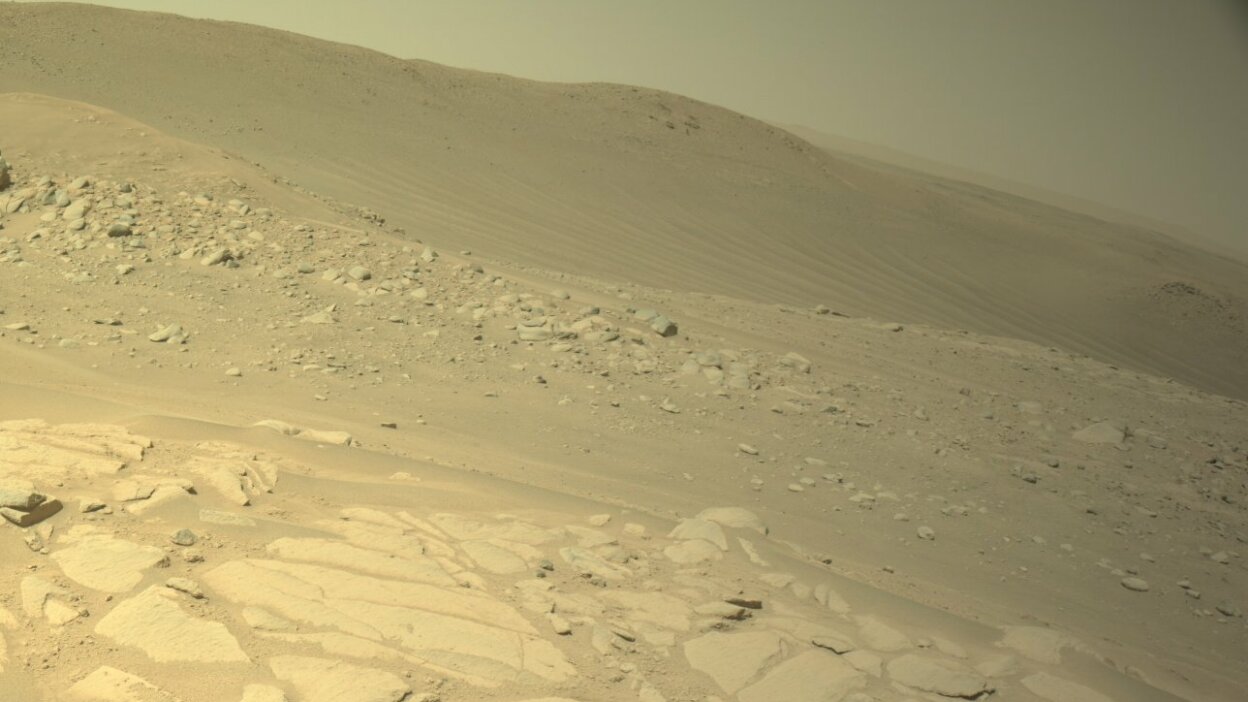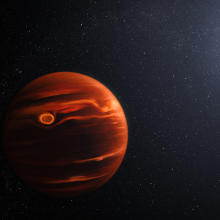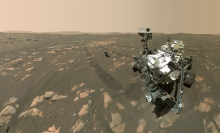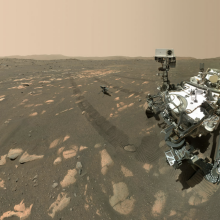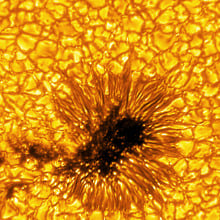NASA's adventurous Perseverance rover is currently perched over a big Martian impact crater. And it has a glorious vista.
While searching for clues of past habitability and potential hints of extinct life in Mars' desert, the rover snapped 152 images overlooking the Belva crater, which the space agency stitched together into an expansive mosaic, and also released in the form of the sweeping video below.
"Mars rover missions usually end up exploring bedrock in small, flat exposures in the immediate workspace of the rover," Katie Stack Morgan, deputy project scientist of the Perseverance mission, said in a statement(opens in a new tab). "That’s why our science team was so keen to image and study Belva. Impact craters can offer grand views and vertical cuts that provide important clues to the origin of these rocks with a perspective and at a scale that we don’t usually experience."
Tweet may have been deleted (opens in a new tab)
Mars is littered with craters, big and small, often formed by objects crashing into the Red Planet. The over half-mile-wide Belva is no different. Like a highway roadcut through a hill, the crater revealed clues into Mars' watery past. Downward sloping rocks could be evidence of a past Martian sandbar, deposited by a major river. And the boulders in the foreground could have been thrown there by the dramatic impact, or "may have been transported into the crater by the river system," NASA explained.
Want more science and tech news delivered straight to your inbox? Sign up for Mashable's Light Speed newsletter today.
Atop the crater, the Perseverance rover has already found compelling evidence of a once deep "rollicking river," which existed billions of years ago when Mars was warmer, wetter, and insulated by a thicker atmosphere.
Planetary scientists wonder if any primitive life could have thrived in these wet riverine places. Millions of miles beyond Earth, the search continues.
